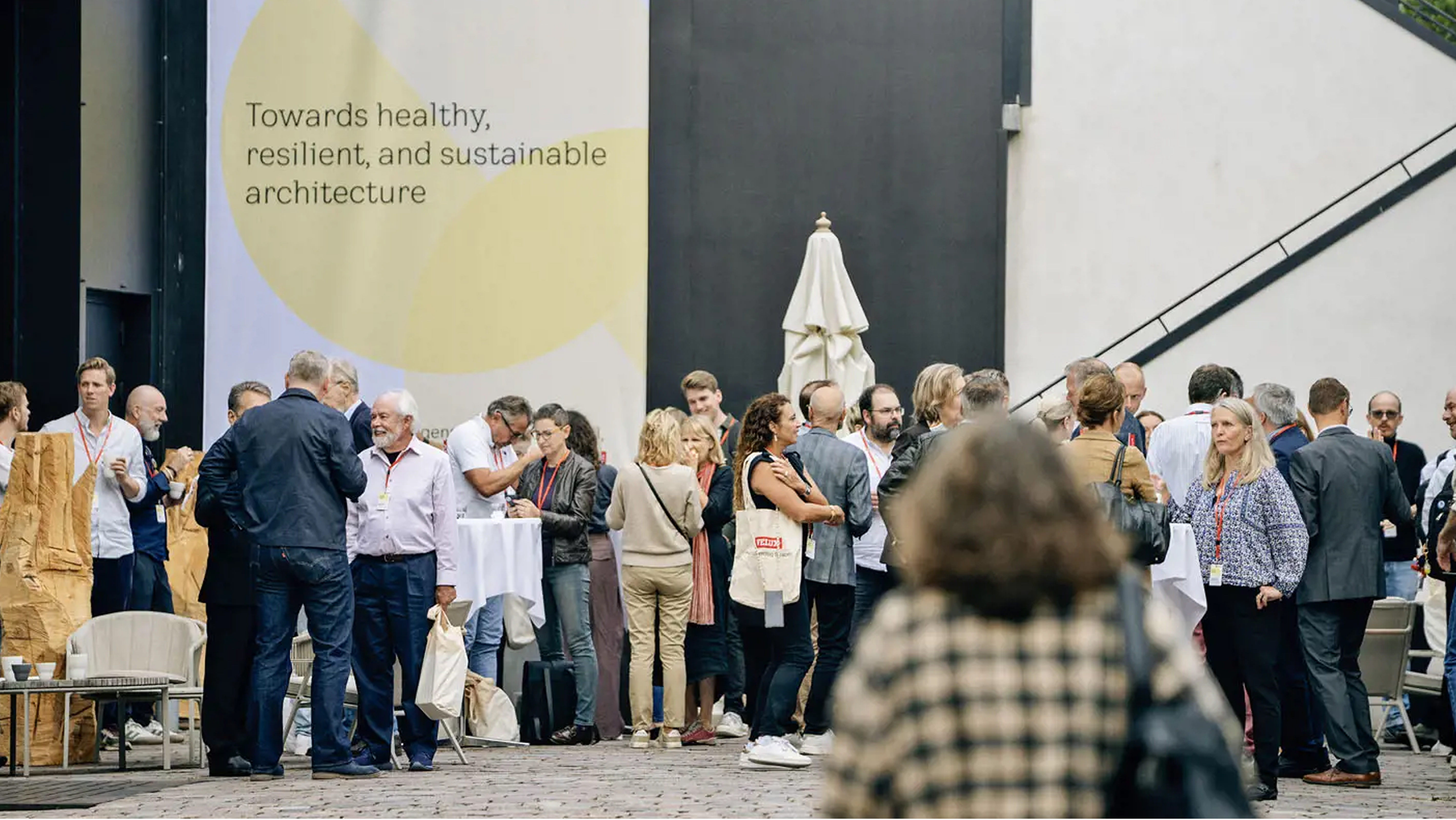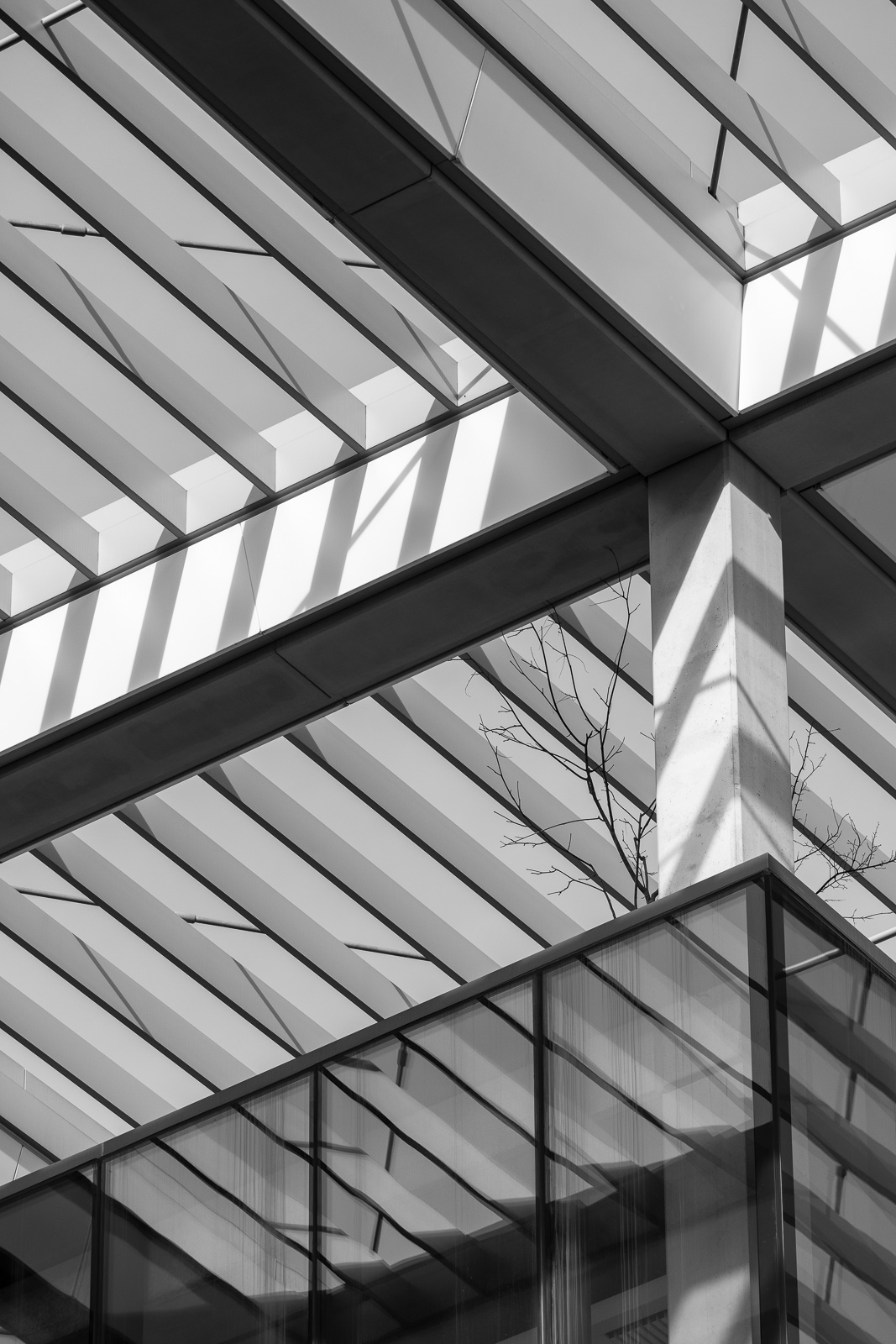Body Clocks, Light, Sleep and Health
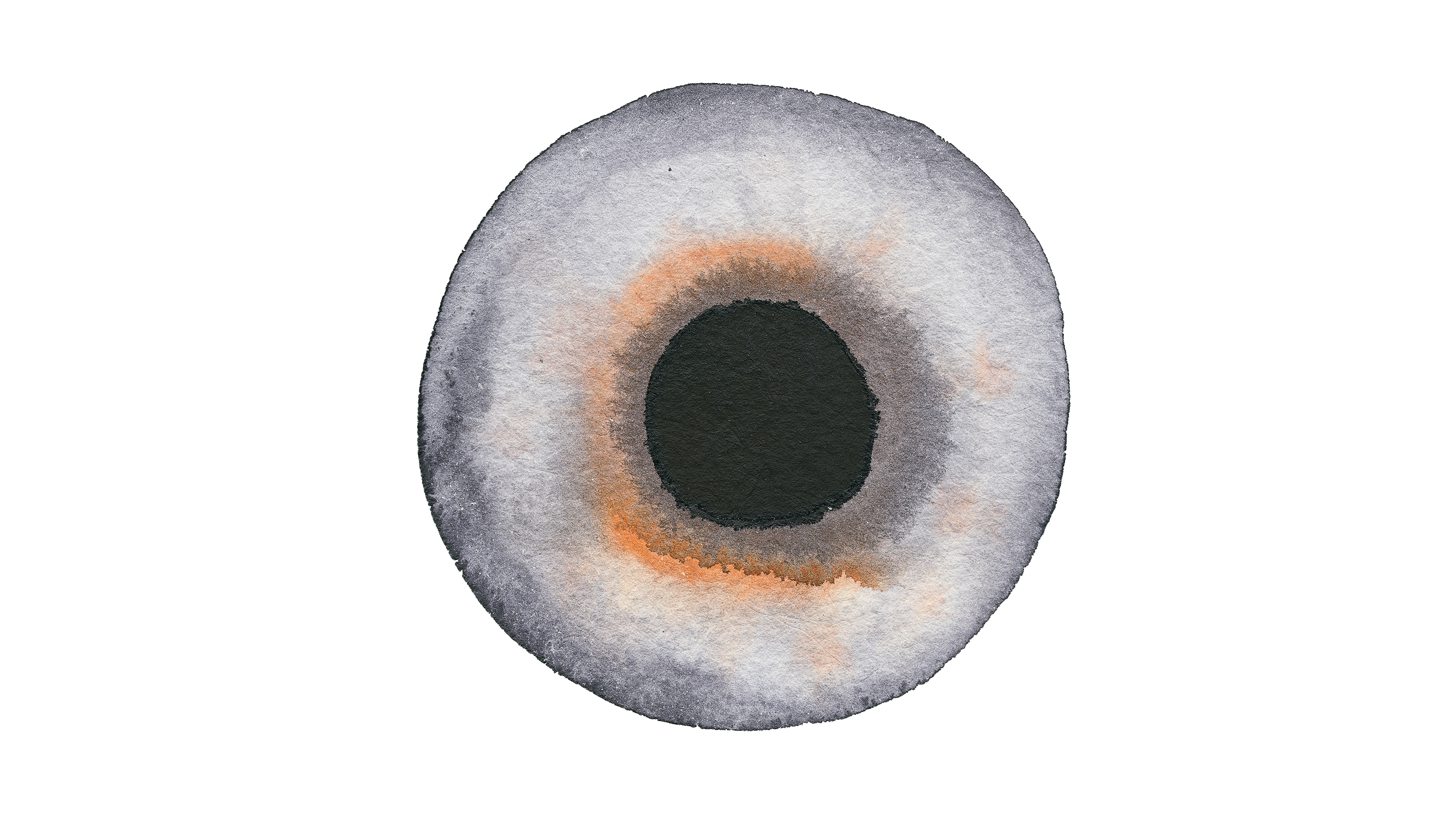
Category
Daylight
Daylight & Architecture
Design Philosophy
Magazines Revisited
Author
Russell G. Foster
Photography
Illustrations by Ulrika Nilsson Carlsson
Source
Daylight and Architecture MAGAZINE, ISSUE #15, 2011
Share
Copy
In May 2011, the British professor of circadian neuroscience, Russell G. Foster, entered the stage as one of the first speakers at The 4th VELUX Daylight Symposium held at the Rolex Learning Center in Lausanne. He kept the audience truly alert with his messages; “we live our lives in dim caves” and “we should start the day with taking a photon shower”.
The international and cross-disciplinary audience consisting of researchers, architects, engineers, educators, legislators and more followed professor Foster’s lecture with great interest and for many, it was the first time they heard about the `round the clock´ society and how it, increasingly, has isolated us for the rhythms of nature.
In parallel to his lecture, Russell Foster was asked to write an article for Daylight & Architecture, published in the spring 2011, where he describes the consequences of how we live for us as human beings. Today, 13 years later, the article is still highly relevant reading for architects, educators, students and daylight enthusiasts. Enjoy the original water color drawings made by Ulrika Nisson Carlsson – and enjoy the read!
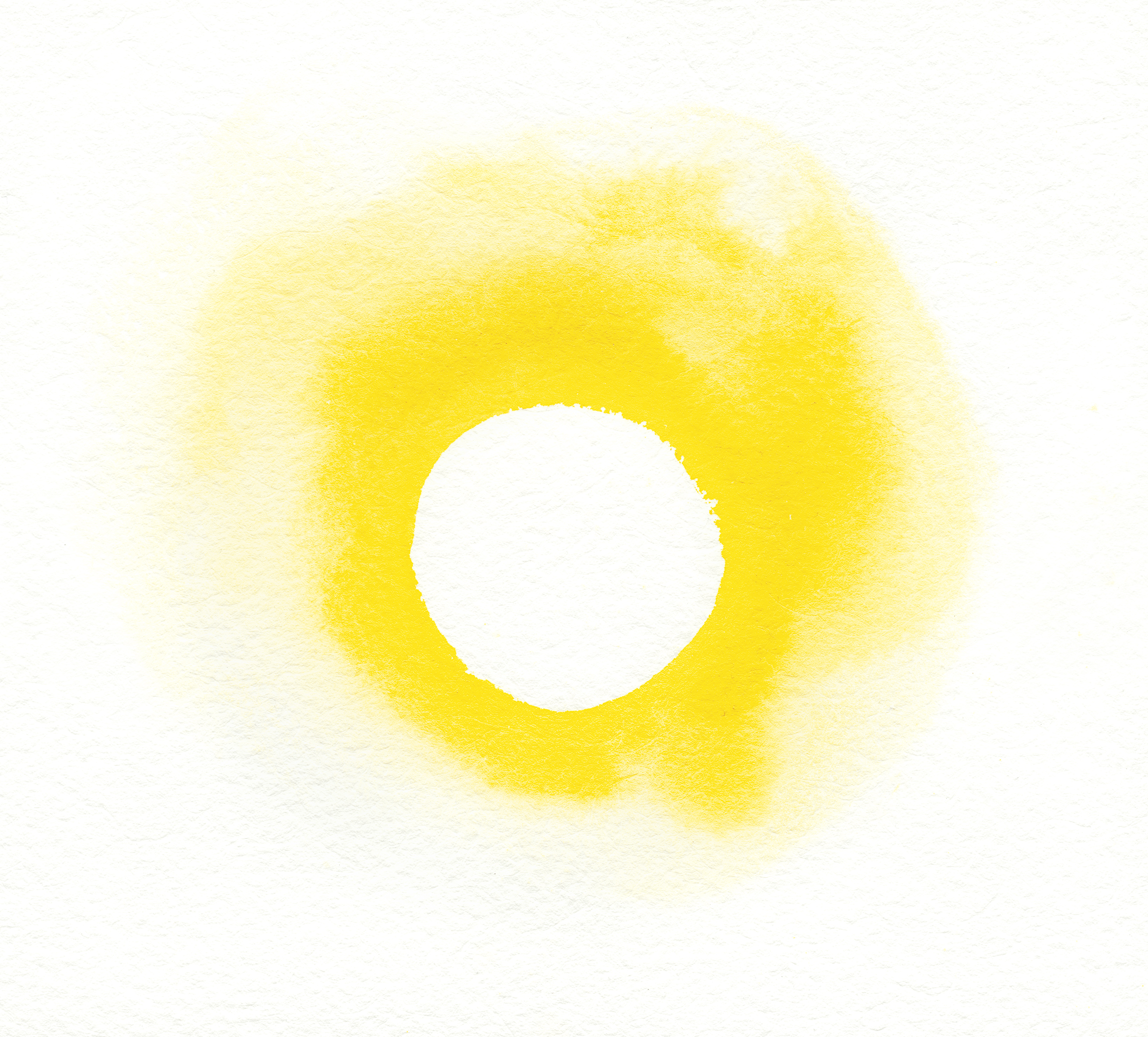
Over the last one and a half centuries, artificial light and the restructuring of working times have seemingly ‘liberated’ us from the diurnal cycles
of light and dark that nature imparts on us. Yet recent research has shown that this separation from nature comes at a considerable cost, causing health and social problems. A reconnection to the rhythms of nature is therefore needed – and this will also have a profound influence on architecture.
Our lives are ruled by time and we use time to tell us what to do. But the digital alarm clock that wakes us in the morning or the wrist-watch that tells us we are late for supper are unnatural clocks. Our biology answers to a profoundly more ancient beat that probably started to tick early in the evolution of all life. Embedded within our genes, and almost all life on earth, are the instructions for a biological clock that marks the passage of approximately 24 hours. Biological clocks or ‘circadian clocks’ (circa about, diem a day) help time our sleep patterns, alertness, mood, physical strength, blood pressure and much more. Under normal conditions we experience a 24-hour pattern of light and dark, and our circadian clock uses this signal to align biological time to the day and night. The clock is then used to anticipate the differing demands of the 24-hour day and fine-tune physiology and behaviour in advance of the changing conditions.
Body temperature drops, blood pressure decreases, cognitive performance drops and tiredness increases in anticipation of going to bed. Whilst before dawn, metabolism is geared-up in anticipation of increased activity when we wake.
Few of us appreciate this internal world, seduced by an apparent freedom to sleep, work, eat, drink, or travel when we want. But this freedom is an illusion; in reality we are not free to act independently of the biological order that the circadian clock imparts. We are unable to perform with the same efficiency throughout the 24h day. Life has evolved on a planet that experiences profound changes in light over the 24h day and our biology anticipates these changes and needs to be exposed to the natural pattern of light and dark to function properly. Yet we detach ourselves from the environment by forcing our nights into days using electric light, and isolate ourselves in buildings that shield us from natural light. This short review considers some of the important
consequences of our increasing detachment from the sun.
"Our lives are ruled by time and we use time to tell us what to do."
The Day Within
At the base of the brain, in a structure known as the anterior hypothalamus, is a cluster of about 50,000 neurones known as the suprachiasmatic nuclei or SCN. If this region is destroyed as a result of a stroke or tumour, then 24h rhythmicity is lost and physiology becomes randomly distributed across the day. The finding that individual SCN neurones, isolated from all other cells, show near 24-hour rhythms in electrical activity demonstrated that the basic mechanisms that generate this internal day must be part of a sub-cellular molecular mechanism. To date, approximately 14-20 genes and their protein products have been linked to the generation of circadian rhythms. At the heart of the molecular clock is a negative feedback loop that consists of the following sequence of events: the clock genes are transcribed and the messenger RNAs (mRNAs) move to the cytoplasm of the cell and are translated into proteins; The proteins interact to form complexes and then move from the cytoplasm into the nucleus and inhibit the transcription of their own genes; the inhibitory clock protein complexes are then degraded and the core clock genes are once more free to make their mRNA and hence fresh protein. This negative feedback loop generates a near 24-hour rhythm of protein production and degradation that encodes the biological day.
The original assumption was that SCN neurones collectively drive or impose a
24h rhythm on physiology and behaviour. However, the discovery that isolated cells from almost any organ of the body produce clock genes/proteins in a circadian pattern led to a major shift in our understanding. We now appreciate that the SCN acts as a master pacemaker, coordinating the activity of all cellular clocks in a manner that has been likened to the conductor of an orchestra, regulating the timing of the multiple and varied components of the ensemble. In the absence of the SCN, the individual cellular clocks of the organ systems drift apart and coordinated circadian rhythms collapse – a state known as internal desynchronisation. Internal desynchronisation is the main reason why we feel so awful as a result of jet lag. All the different organ systems, the brain, liver, gut, muscles etc., are working at a slightly different time. Only when internal time has been re-aligned can we function normally once more.

Our body clocks are different – Genes and Hormones?
Our body clocks are not all the same. If you are alert in the mornings and go to bed early you are a ‘lark’, but if you hate mornings and want to keep going through the night, then you are an ‘owl’.
These terms have been used to describe the real phenomenon of diurnal preference – the times when you prefer to sleep and when you do your best work. Diurnal preference is determined partly by our clock genes. Exciting research in recent years has shown that small changes in these genes have been linked to the fast clocks (shorter than 24h) of larks or slower clocks (longer than 24h) of owls. But it is not just our genes that regulate our diurnal preference. Sleep timing changes markedly as we age. By the time of puberty, bed times and wake times drift to later and later hours. This tendency to get up later continues until about the age of 19.5 years in women and 21 years in men. At this point there is a reversal and a drift towards earlier sleep and wake times. By the age of 55–60 we are getting up as early as we did when we were 10. These and allied results demonstrate that young adults really do have a problem getting up in the morning. Teenagers show both delayed sleep and high levels of sleep deprivation, because they are going to
bed late but still having to get up early in the morning to go to school.
These real biological effects have been largely ignored in terms of the time structure imposed upon teenagers at school. Of the few studies undertaken, later starting times for schools have been shown to improve alertness and the mental abilities of students during their morning lessons. Ironically, whilst young adults tend to improve their performance across the day, their older teachers show a decline in performance over the same period! The mechanisms for this change in diurnal preference remain poorly understood, but are thought to relate to the marked changes in our steroid hormones (e.g. testosterone, oestrogen, progesterone) and their rapid rise during puberty and subsequent slower decline.
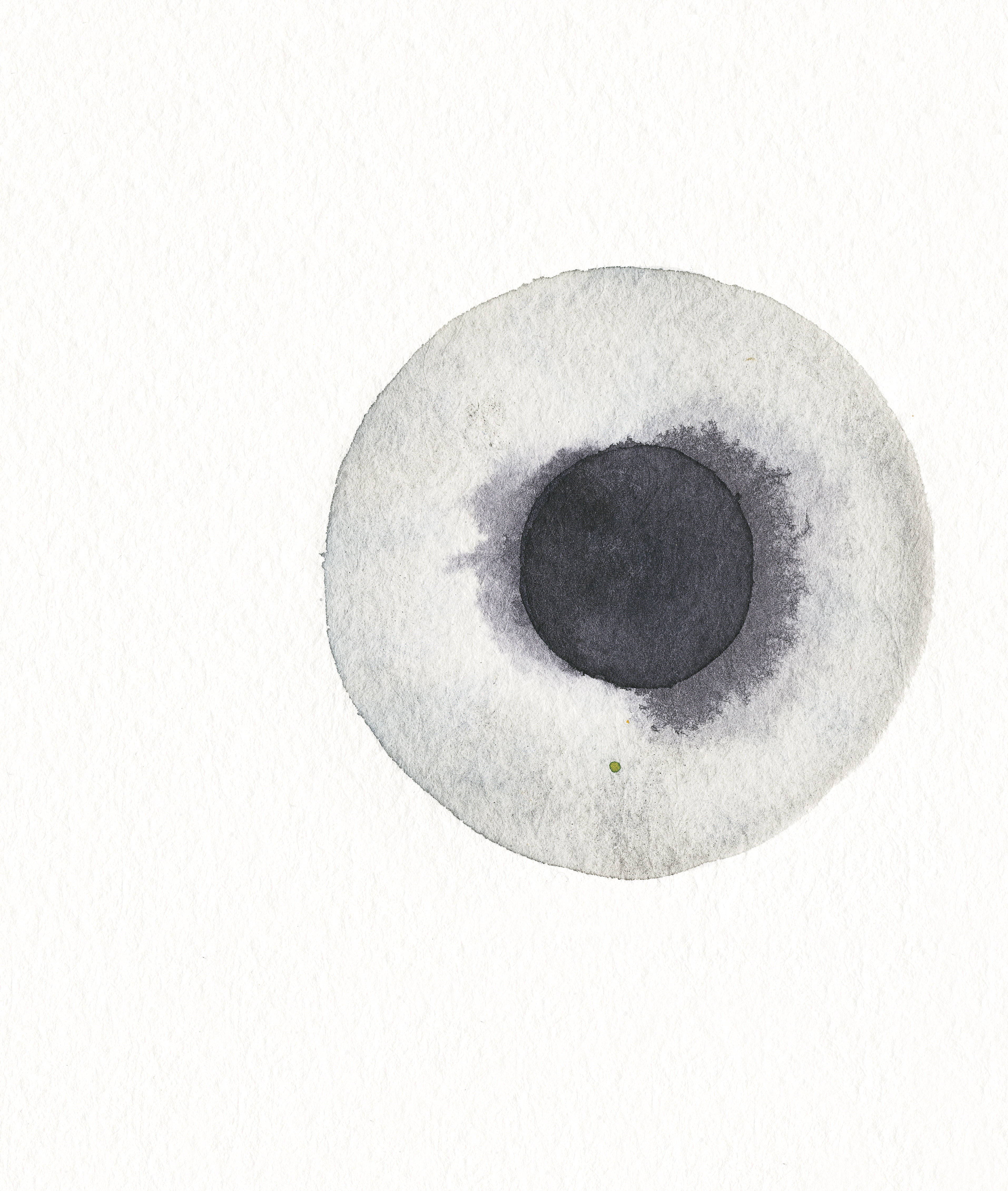
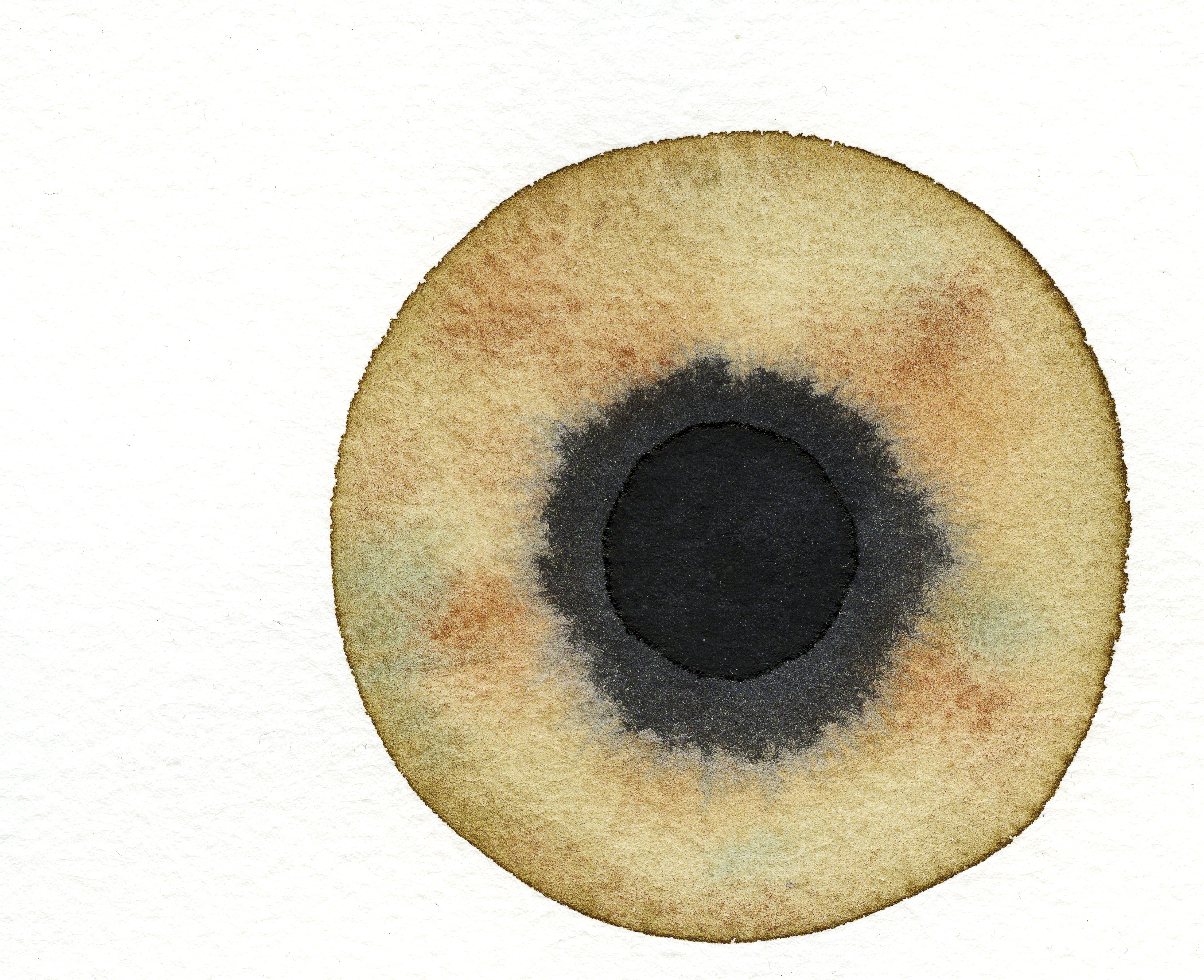
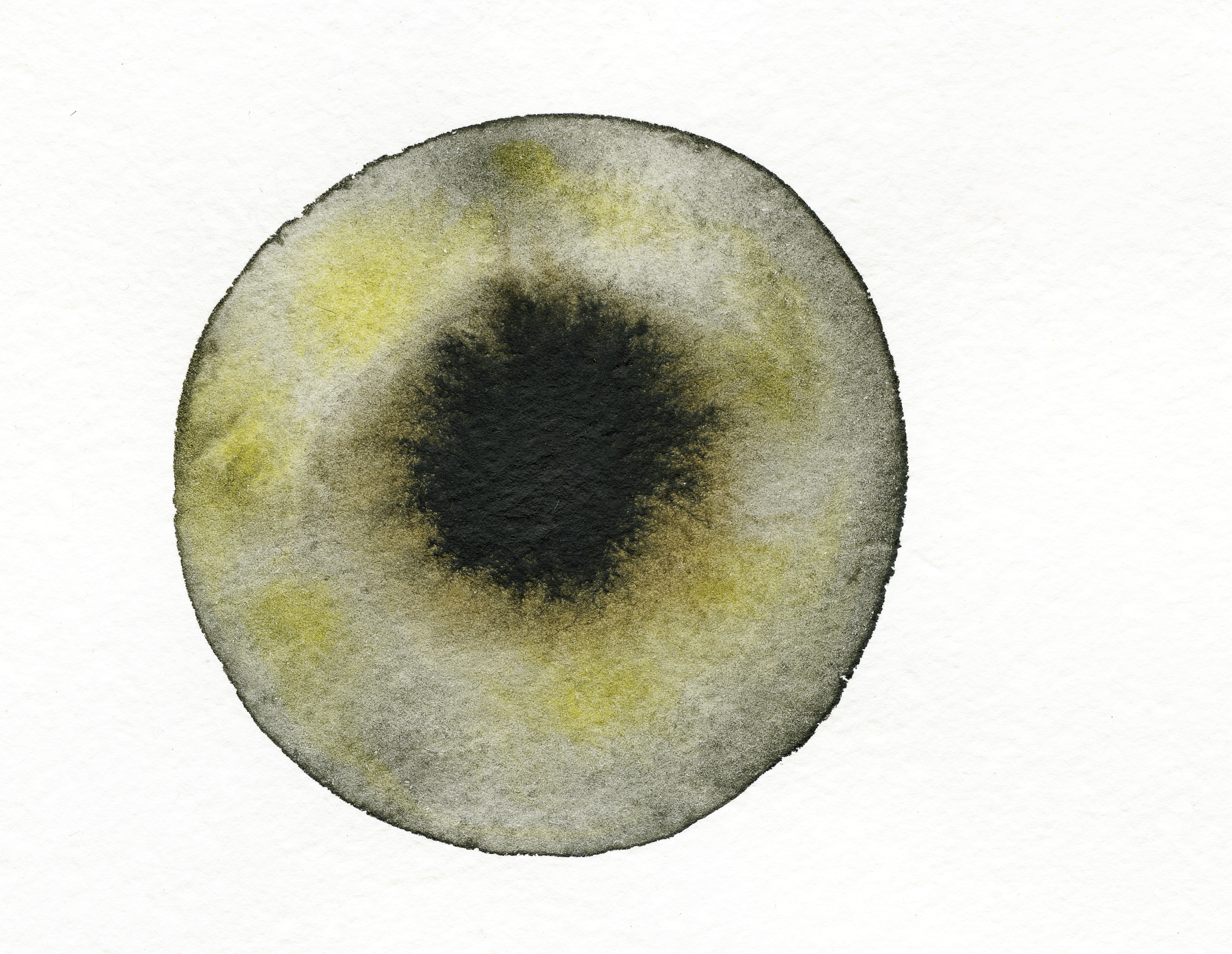
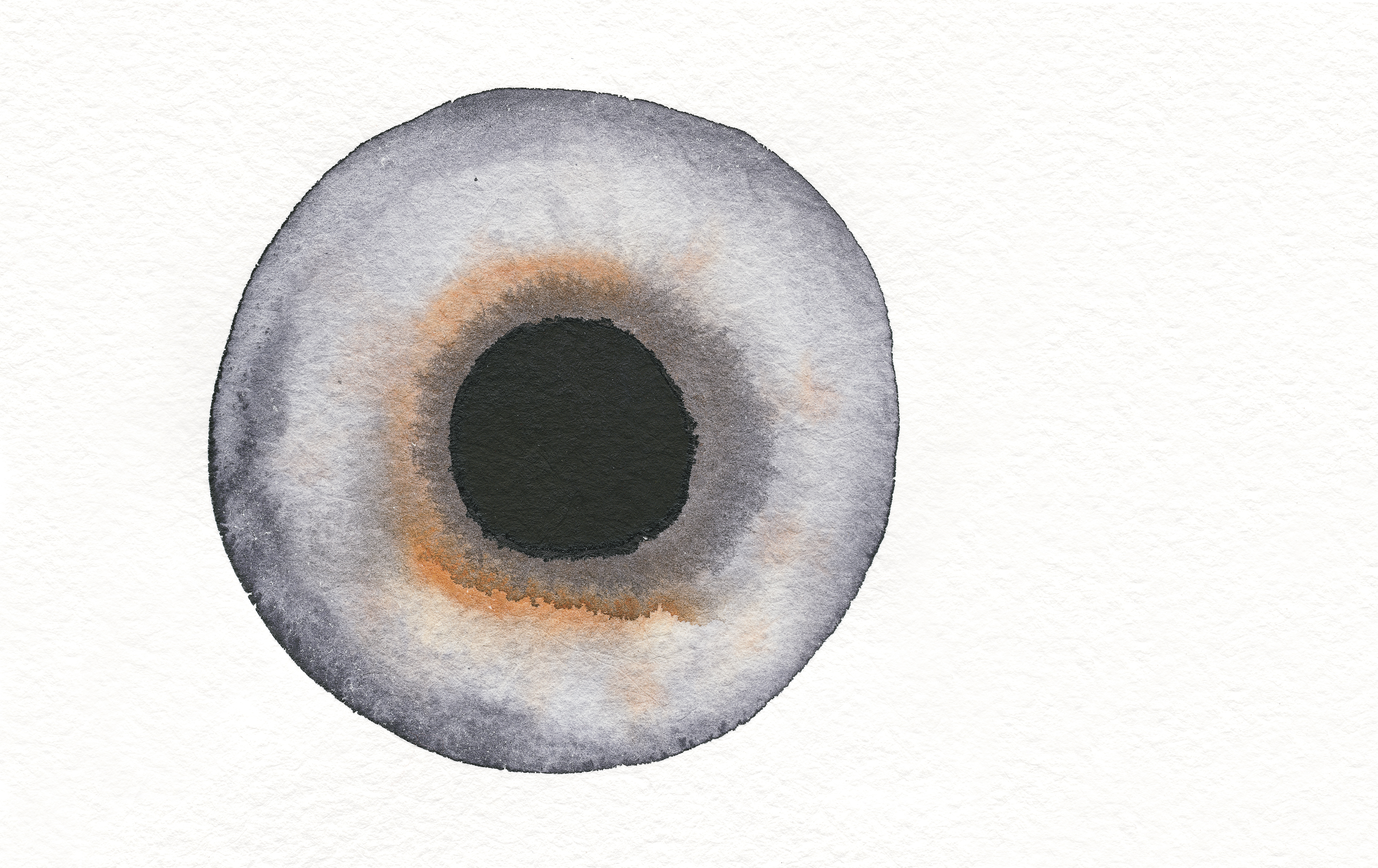
Light, Clocks and Alertness
A clock is not a clock unless it can be set to local time – and the molecular clocks within the SCN are normally adjusted (entrained) by daily exposure to light around dawn and dusk detected by the eyes. Failure to expose the clock to a stable light/dark cycle results in drifting or ‘free-running’ circadian rhythms or disrupted cycles. Detachment from solar day is common in industrialised societies and the special case of shift workers will be discussed below; however isolation from robust dawn and dusk signals occurs in many different instances. For example, paediatric and adult intensive care units frequently utilise low and constant light. In such an environment circadian rhythms would be expected to drift and become desynchronised. The result, as discussed below in the sub-section ’Disrupting the clock’, will be a weakened health status of the patient. Light does more than regulate the timing of circadian rhythms – it also has a direct effect on alertness and performance. Brain imaging following light exposure shows increased activity in many of the brain areas involved in alertness, cognition and memory (thalamus, hippocampus, brainstem) and mood (amygdala).
Furthermore, increased light has been shown to improve concentration, the ability to perform cognitive tasks and to reduce sleepiness. As a result, inappropriate light exposure in a building will not only disrupt sleep and circadian timing but also levels of alertness and performance. We will return to this topic below.
Our understanding of how light regulates circadian rhythms and alertness has been advanced dramatically over the past few years with the discovery of an entirely new photoreceptor system in the eye. This novel photoreceptor is not located in the part of the eye containing the rods (night vision) and cones (day vision) that are used to generate an image of the world, but in the ganglion cells that form the optic nerve. Most ganglion cells form a functional connection between the eye and the brain, but a small number of specialised ganglion cells (1–3%) are directly light-sensitive and project to those parts of the brain involved in the regulation of circadian rhythms, sleep, alertness, memory and mood. These photosensitive retinal ganglion cells (pRGCs) contain a light-sensitive pigment called Opn4, which is most sensitive in the blue part of the spectrum with a peak sensitivity at 480 nm – very similar to the ‘blue’ of a clear blue sky.
This light-detection system has evolved to be anatomically and functionally independent of the visual system, and probably evolved before vision as the main way to detect light for entraining daily rhythms. Remarkably, the pRGCs can still detect light to shift the circadian clock or affect alertness even in animals or people where the rods and cones used for vision are completely destroyed and who are otherwise totally visually blind. This raises important implications for ophthalmologists who are largely unaware of this new photoreceptor system and its impact on human physiology.
"Light does more than regulate the timing of circadian rhythms – it also has a direct effect on alertness and performance."
In view of the colour sensitivity of Opn4, we would predict that blue light
should be the most effective wavelength (colour) for shifting circadian rhythms
and alerting the arousal systems. In all studies undertaken to-date, this has been shown to be the case. Blue light exposure at night is most effective at shifting the timing of the circadian clock, reducing sleepiness, improving reaction times and activating areas of the brain mediating alertness and sleep. In addition to its spectrum, light timing, duration, pattern and history all interact to influence circadian rhythms and alertness. Light timing is particularly important. Light can either advance (go to bed earlier) or delay (go to bed later) the circadian system depending on the timing of exposure. Under conditions of solar light exposure, light around dusk causes a delay of the clock, whereas light exposure around dawn will advance the clock. This delaying and advancing effect of light keeps the SCN locked onto to the solar day. Such differential effects of light become vitally important when trying to understand the impact of jet lag, shift work (see below), or building design on sleep/wake timing.
The pRGCs are not as sensitive to light as the rods and cones, so that short light exposure that is easily detected by the visual system is not recognised by the pRGCs. However, dim light can have an effect if it is delivered over long periods of time. Thus relatively dim indoor room light from bedside lamps and compute screens (less than 100 lux) can have measurable effects on the clock and arousal systems over several hours, and may exacerbate sleep disorders. Collectively, these effects of light – spectral composition, time of exposure and brightness – have widespread clinical and occupational applications in not only treating sleep disorders and fatigue but in the architecture of hospitals, schools, offices, retail space and domestic buildings.
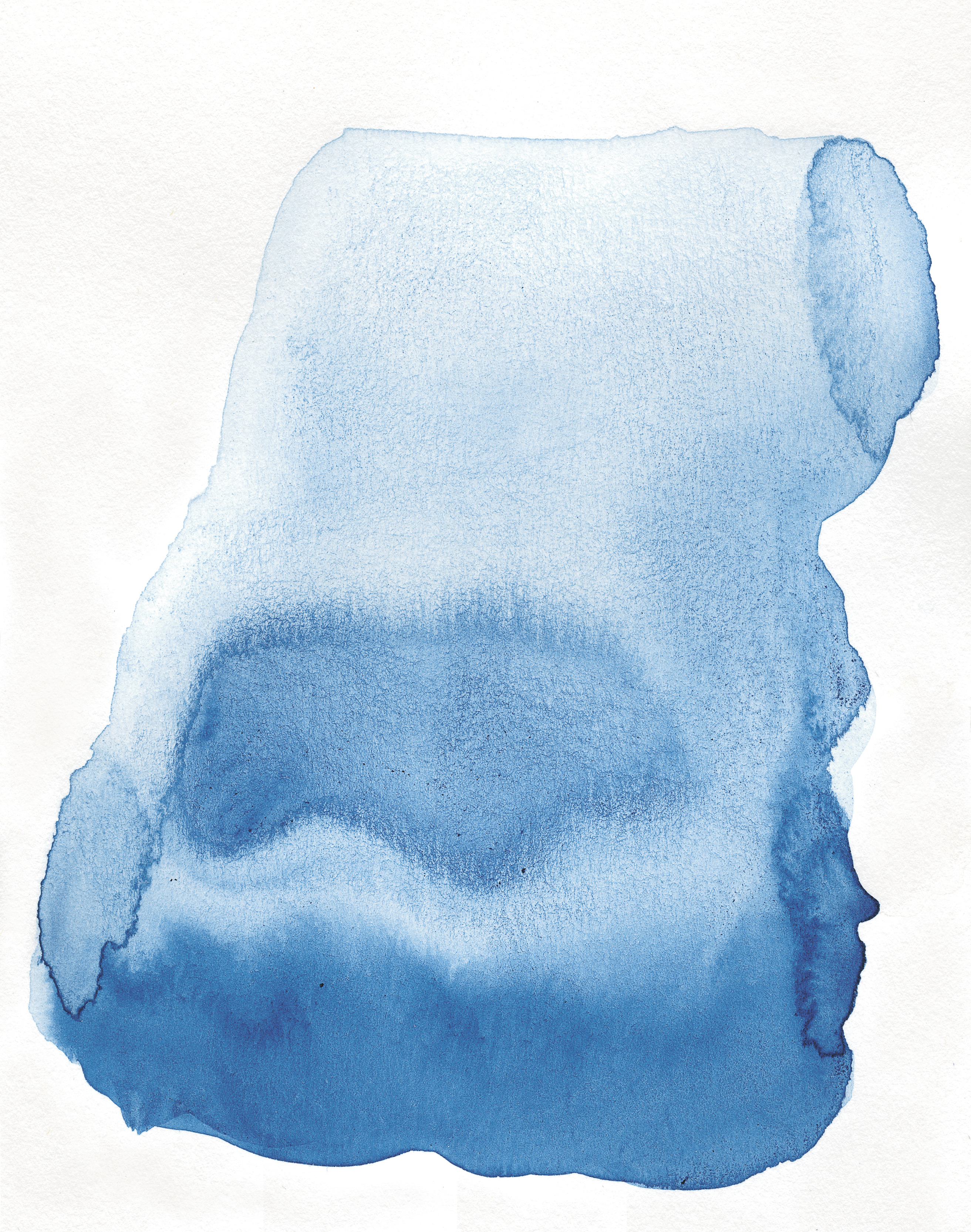
Distrupting the clock – Shift Work and 24/7
The introduction of electricity and artificial light in the 19th century and the restructuring of work times have progressively detached us from the solar 24-hour cycles of light and dark. The consequence has been disruption of the circadian and sleep systems. Much has been written about the effects of this disruption, and in general terms the effects are clear (Table 1).
Sleep and circadian rhythm disruption results in performance deficits that include increased errors, poor vigilance, poor memory, reduced mental and physical reaction times and reduced motivation. Sleep deprivation and disruption are also associated with a range of metabolic abnormalities, including the glucose/insulin axis. For example, sleep disrupted individuals take longer to regulate blood-glucose levels and insulin can fall to levels seen in the early stages of diabetes — abnormalities that can be reversed by normal sleep. Such results have suggested that long-term sleep and circadian rhythm disruption might contribute to chronic conditions such as diabetes, obesity and hypertension. Furthermore, obesity is strongly correlated with sleep apnoea and hence additional sleep disturbance. Under these circumstances a dangerous positive feedback loop of obesity and sleep disturbance can often result.
Sleep loss and circadian rhythm disruption are most obvious in night-shiftworkers. More than 20% of the population of employment age work at least some of the time outside the 07.00–19.00 day.
Josephine Arendt at the University of Surrey makes the point: “Because of their rapidly changing and conflicting light dark exposure and activity-rest behaviour, shift workers can have symptoms similar to those of jet lag. Although travellers normally adapt to the new time zone, shiftworkers usually live out of phase with local time cues”. Even after 20 years of night-shift work, individuals will not normally shift their circadian rhythms in response to the demands of working at night. Despite the great variety and complexity of ‘shift systems’, none have been able to alleviate fully the circadian problems associated with shift work. Metabolism, along with alertness and performance, are still high during the day when the night-shift worker is trying to sleep and low at night when the individual is trying to work. A misaligned physiology, along with poor sleep, in night-shift workers has been associated with increased cardiovascular mortality, an eight-fold higher incidence of peptic ulcers, and a higher risk of some forms of cancer. Other problems include a greater risk of accidents, chronic fatigue, excessive sleepiness, difficulty sleeping and higher rates of substance abuse and depression. Night-shift workers are also much more likely to view their jobs as extremely stressful.
So why don’t shift-workers shift their clocks? After all, if we travel across multiple time zones we do recover from jetlag and entrain to local time. The answer seems to be that the pRGCs that entrain the circadian system are fairly insensitive to light. The clock always responds to bright natural sunlight in preference to the dim artificial light commonly found in the workplace. It is not obvious but shortly after dawn, natural light is some 50 times brighter than normal office lighting (300–500 lux), and at noon natural light can be 500 to 1,000 times brighter – even in Northern Europe. Thus exposure to strong natural light on the journey to and from work, combined with low levels of light in the workplace, entrains thenight-shift worker onto local time. In this way biological and social time are persistently misaligned in night-shift workers. In the absence of any natural light, however, the clock will eventually respond to man-made light. Theoretically this information could be used to develop practical countermeasures to the problems of working at night. However, most night-shift workers prefer not to be adapted to a reversed sleep-wake cycle as they like to spend their work-free time with family and friends at maximum alertness. One suggestion has been to select individuals for shift work on the basis of their diurnal preference – ‘owls’ have naturally better alertness at later hours and make better night-shift workers, while ‘larks’ are usually better at adapting to early morning shifts.
Table 1
Consequences of Circadian Rhythm Disruption and Shortened Sleep
Drowsiness/microsleeps/unintended sleep
Abrupt mood shifts
Increased irritability
Anxiety and depression
Weight gain
Decreased socialisation skills
and sense of humour
Decreased motor performance
Decreased cognitive performance
Reduced ability to concentrate and remember
Reduced communication and decision skills
Increased risk-taking
Reduced quality, creativity and productivity
Reduced immunity to disease and viral infection
Feelings of being chilled
Reduced ability to handle complex tasks or multi-task
Increased risk of substance abuse
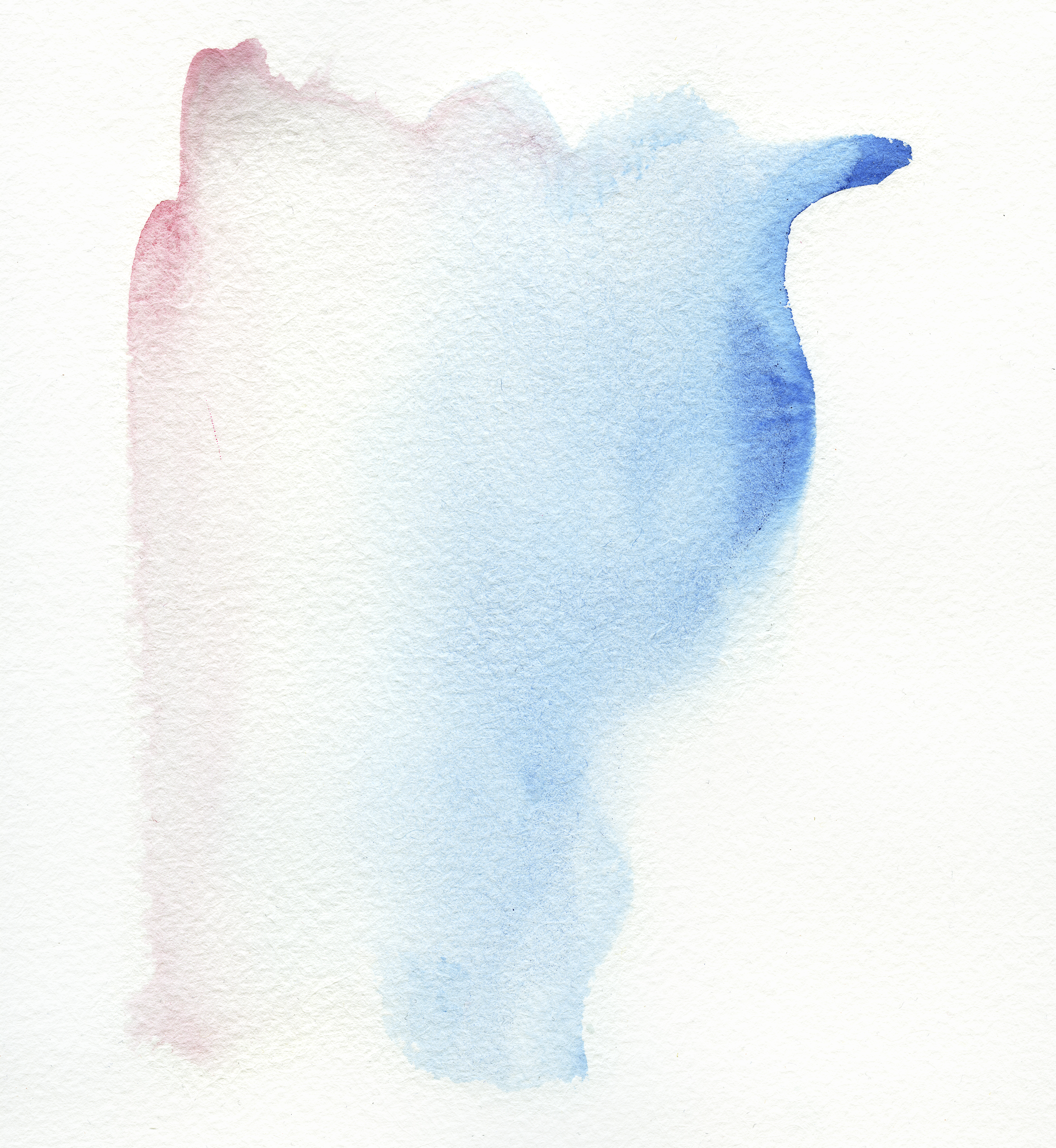
"Even after 20 years of night-shift work, individuals will not normally shift their circadian rhythms in response to the demands of working at night."
There is increasing evidence of a complex and important interaction between circadian rhythm/sleep disruption and the immune system. Rats deprived of sleep readily die of septicaemia, and in humans the activity of natural killer cells can be lowered by as much as 28% after only one night without sleep. Sleep disruption also alters many other aspects of the immune system including circulating immune complexes, secondary antibody responses, and antigen uptake. Cortisol provides an important link between the immune system, sleep and psychological stress. Sleep disruption and sustained psychological stress increase cortisol levels in the blood. Indeed, one lost night of sleep can raise cortisol by nearly 50% on the following evening. High levels of cortisol act to suppress the immune system, so excessively tired people are
more likely to acquire an infection. In this context, night-shift workers are at a higher risk of certain types of cancer and there has been considerable speculation as to the cause. In view of the considerable physiological stress and sleep loss associated with night-shift work, immune impairment could provide a mechanistic link with the increased risk of cancers in night-shift workers.
Conclusions and Perspectives
The discussion in this article has considered both the biology of internal time and some of the general problems we face if we ignore the role of sleep and circadian timing in our lives. It is now clear that poor sleep, mood changes, decreased cognitive performance, reduced communication skills and a higher risk of disease can arise from the demands of a 24/7 society. One of the consequences of this impairment of brain function is the reliance by large sections of society on day-time stimulants and night-time sedatives to replace the order normally imposed by the circadian system. Shift-work is perhaps the most extreme example, but we should not ignore the fact that many of our children in schools, healthcare professionals in hospitals, and manufacturing and business workforces are isolated from natural light. This will not only increase their likelihood of circadian rhythm and sleep disturbance but also have a significant impact upon their cognition, mood and sense of well-being. We are a species that has evolved under bright light conditions – even on an overcast day in Europe, natural light is around 10,000 lux, and may be as high as 100,000 lux on bright sunny days.
Yet we live in homes and work in offices, factories, schools and hospitals that are often isolated from natural light and where artificial light is often around 200 lux and seldom exceeds 400–500 lux.
Russell Foster is Professor of Circadian Neuroscience and the Head of Department of Ophthalmology at Oxford University. Russell Foster’s
research spans basic and applied circadian and photoreceptor biology. For his discovery of non-rod, non-cone ocular photoreceptors, he has been awarded numerous prizes, including the Honma prize (Japan), Cogan Award (USA) and Zoological Society Scientific & Edride-Green Medals (UK). He is co-author of Rhythms of Life and Seasons of Life, popular science books on biological rhythms. In 2008, he was elected as a Fellow of the Royal Society.
Read also:
SLEEP, LIGHT, ARCHITECTURE: THE IMPORTANCE OF LIGHT FOR HUMAN CIRCADIAN RHYTHMS published on D/A January 2023
Further reading
Russell Foster. Life Time: The new science of the body clock and how it can revolutionize your sleep and health. Penguin Books UK; Yale University Press USA, (2022)
Foster, R.G. & Kreitzman, L. (2004) Rhythms of Life: The biological clocks that control the daily lives of every living thing. Profile Books, London.
Foster, R.G. & Wulff, K. (2005) The rhythm of rest and excess. Nat Rev Neuroscience, 6, 407–414.
Foster, R.G. & Hankins, M.W. (2007) Circadian vision. Curr Biol, 17, R746–751.
Rajaratnam, S.M. & Arendt, J. (2001) Health in a 24-h society. Lancet, 358, 999–1005.
Zaidi, F.H., Hull, J.T., Peirson, S.N., Wulff, K., Aeschbach, D., Gooley, J.J., Brainard, G.C., Gregory-Evans, K., Rizzo III, J.F., Czeisler, C.A., Foster, R.G., Moseley, M.J. & Lockley, S.W. (2007) Short-wave length light sensitivity of circadian, pupillary and visual awareness in humans lacking an outer retina. Curr Biol, 17, 2122–2128.
